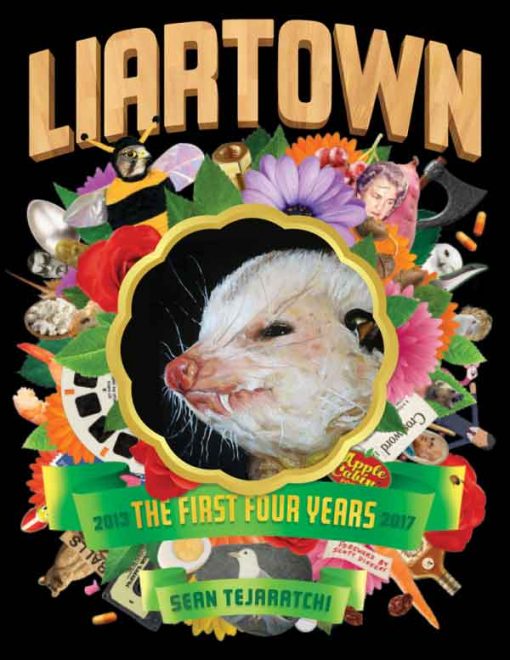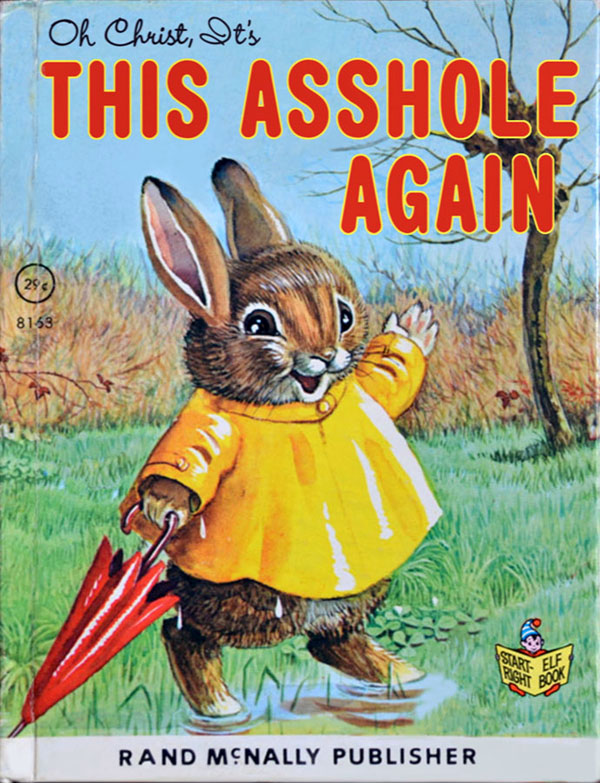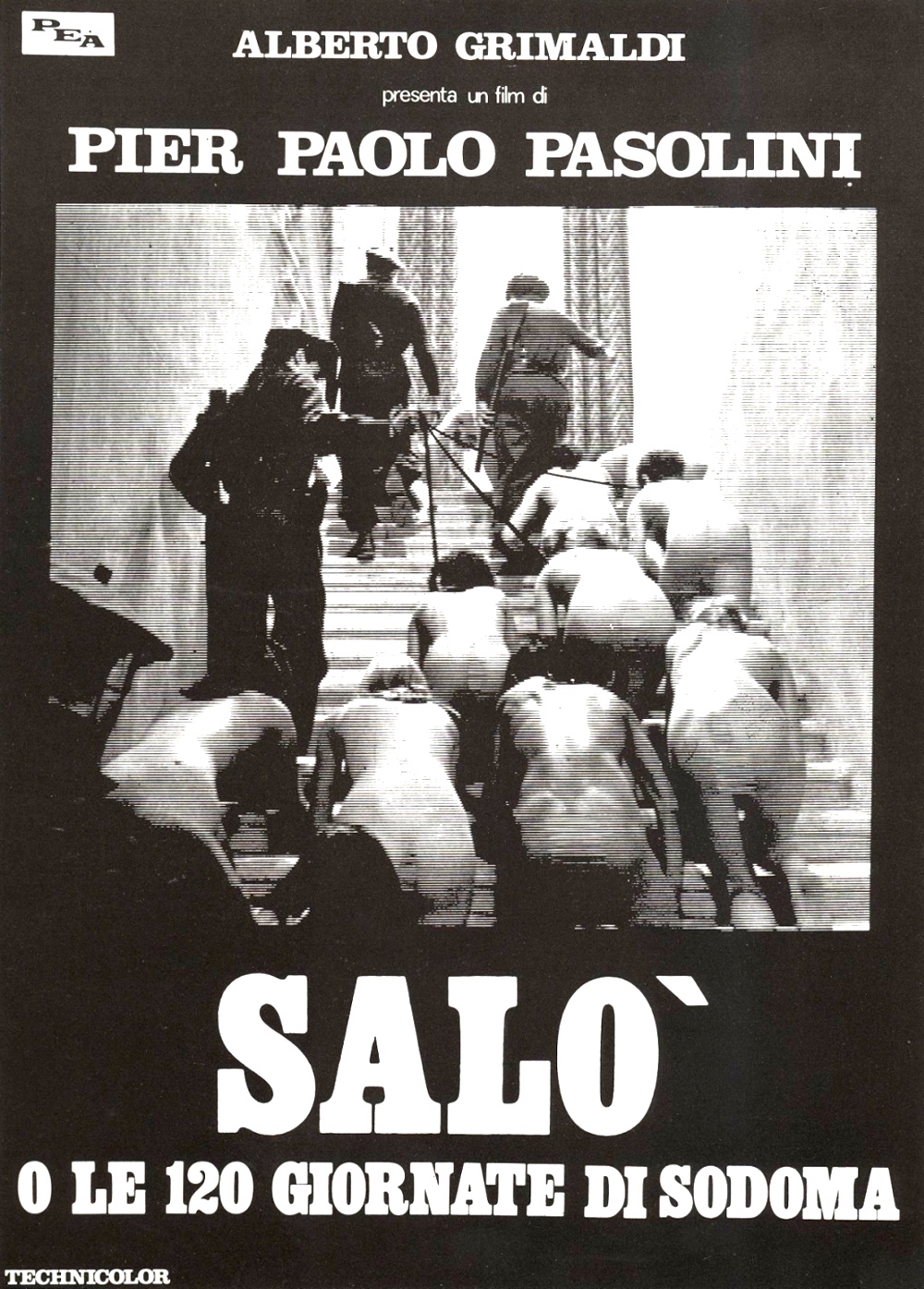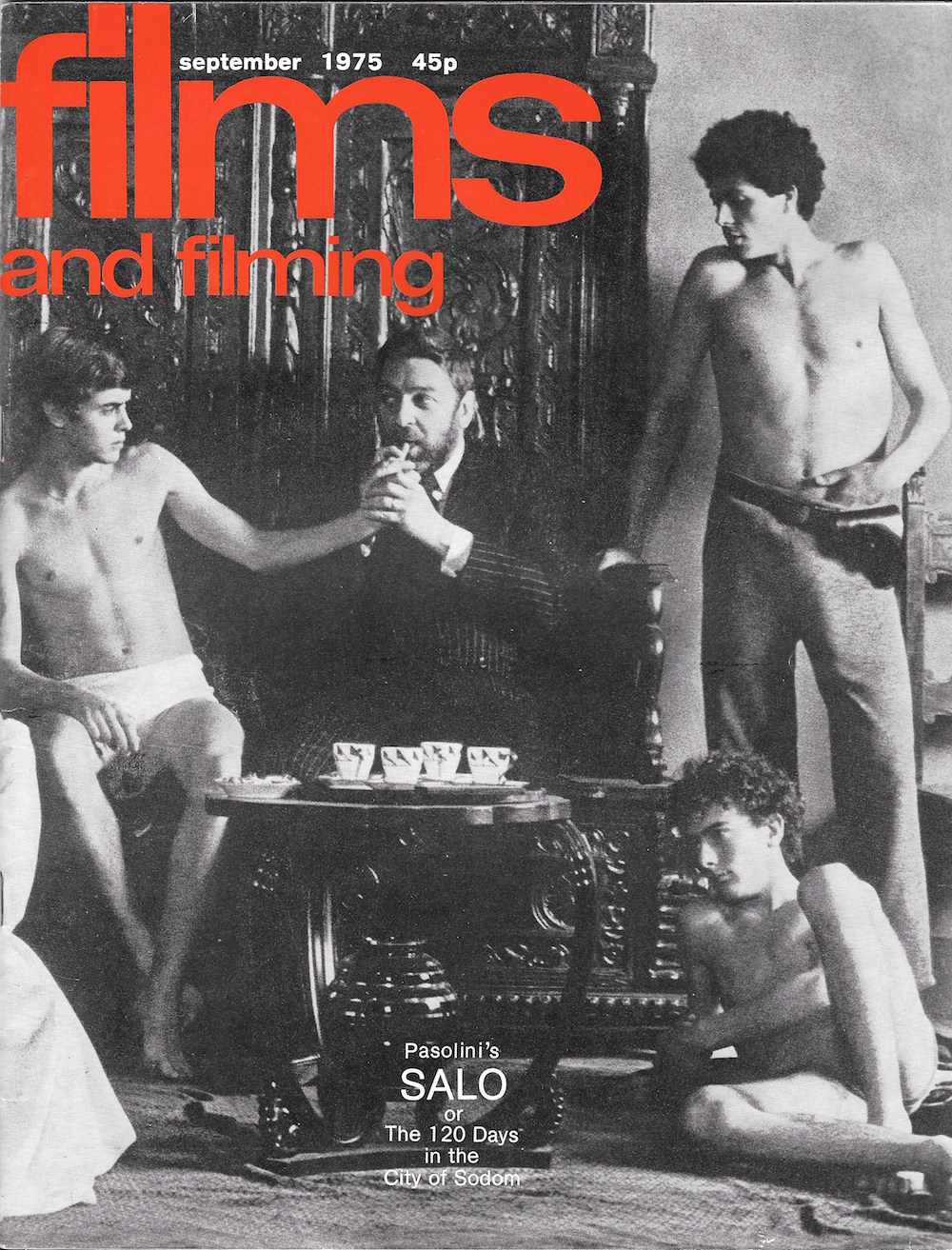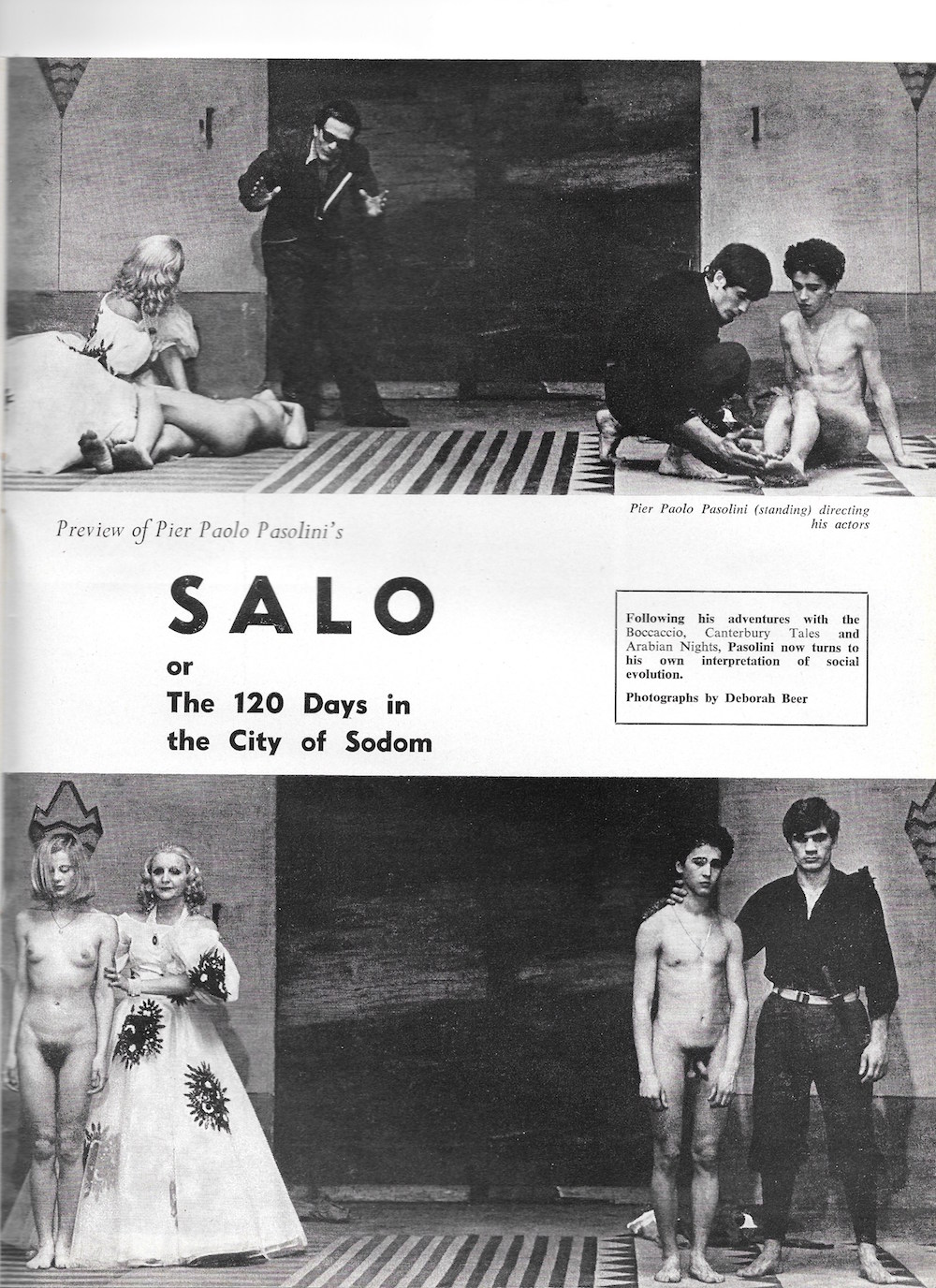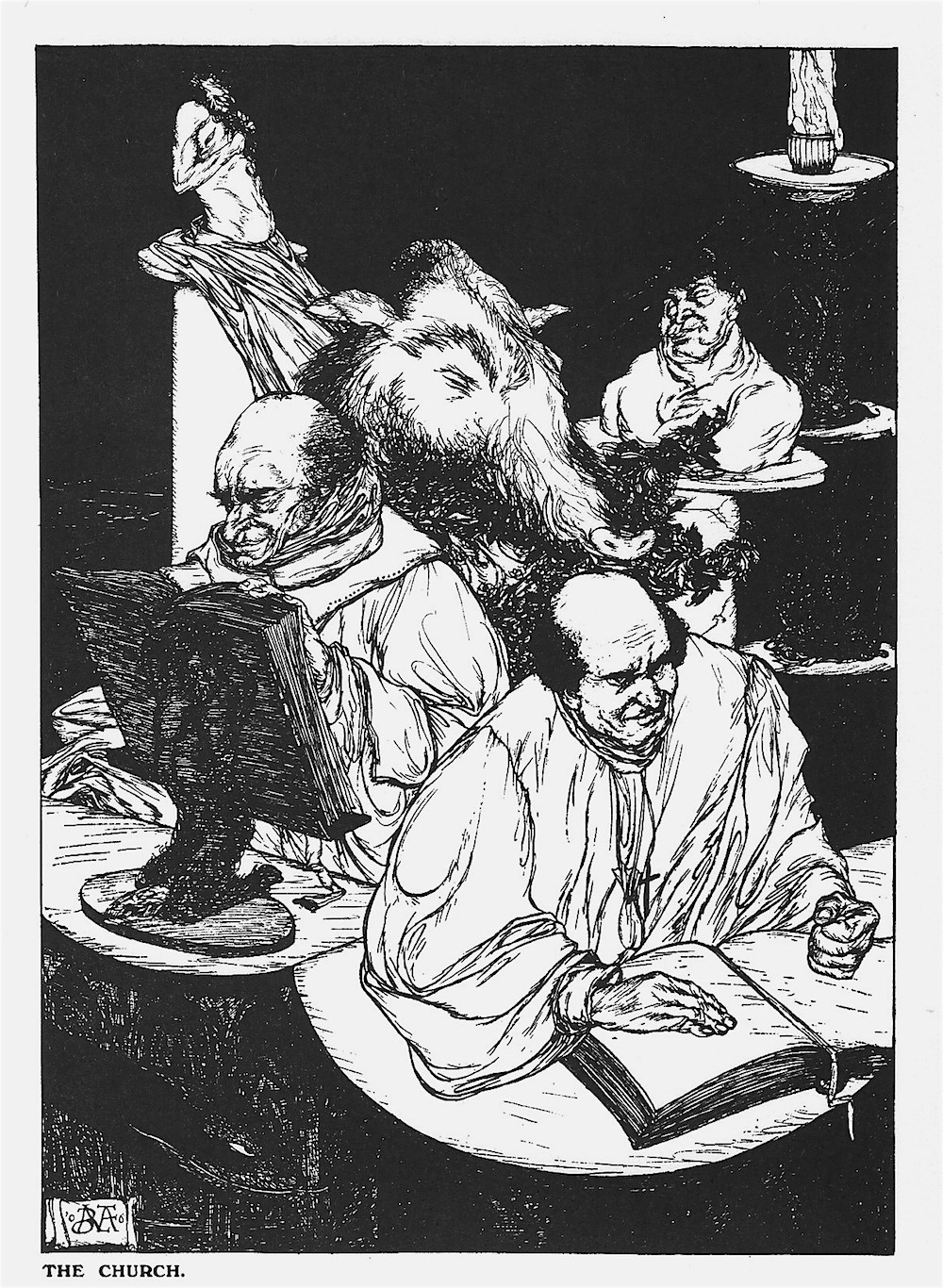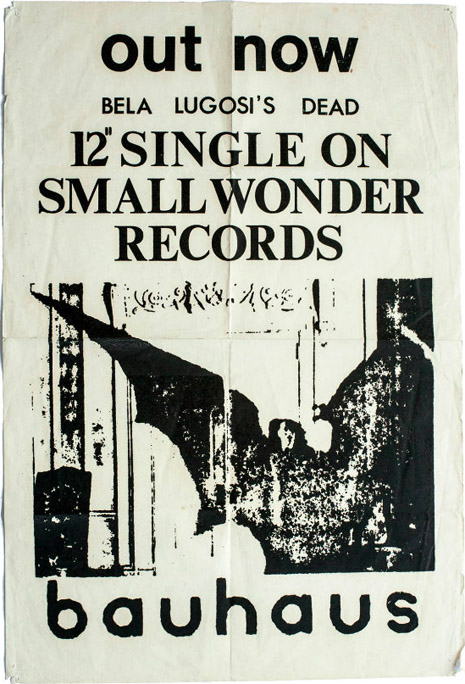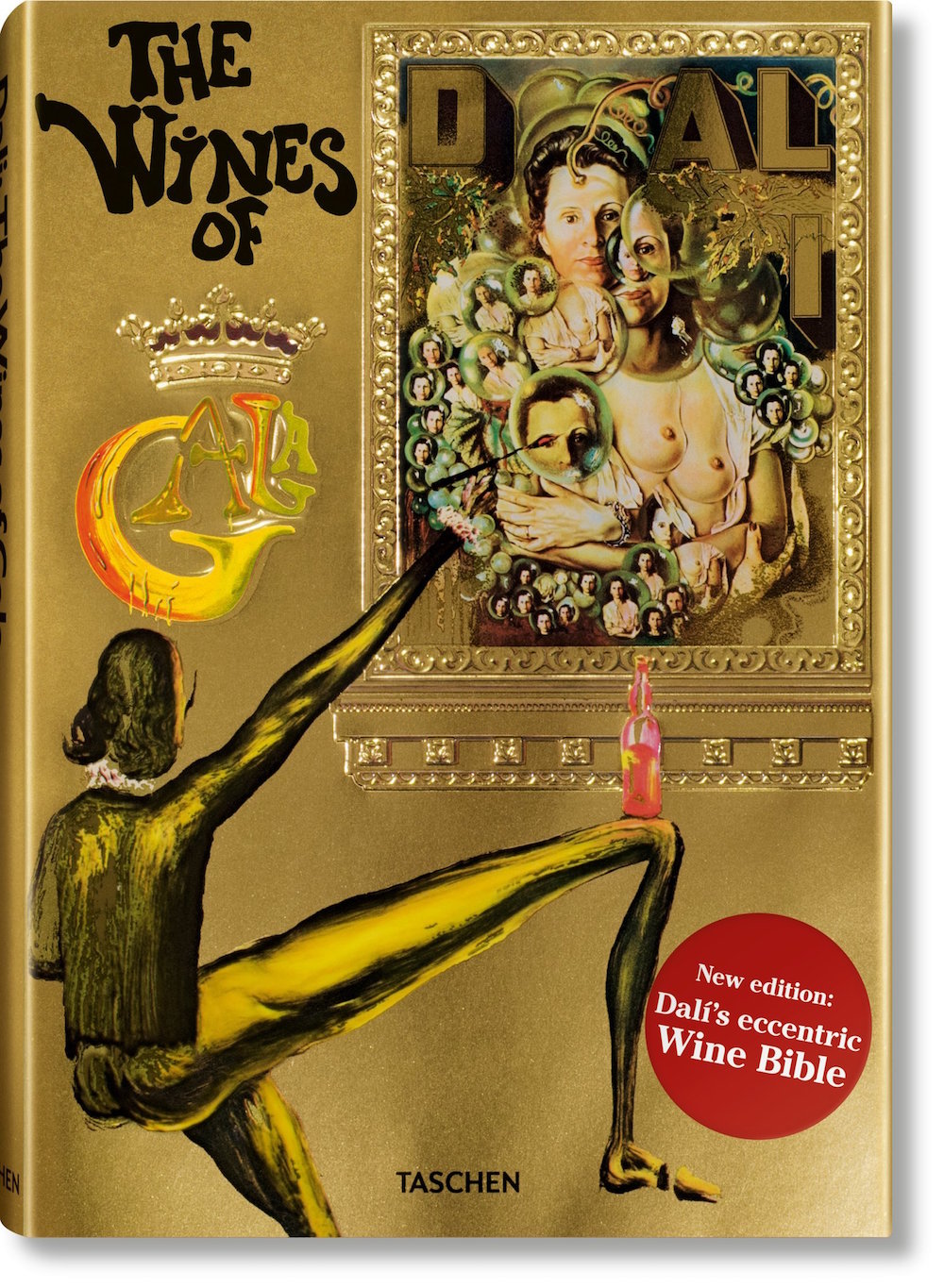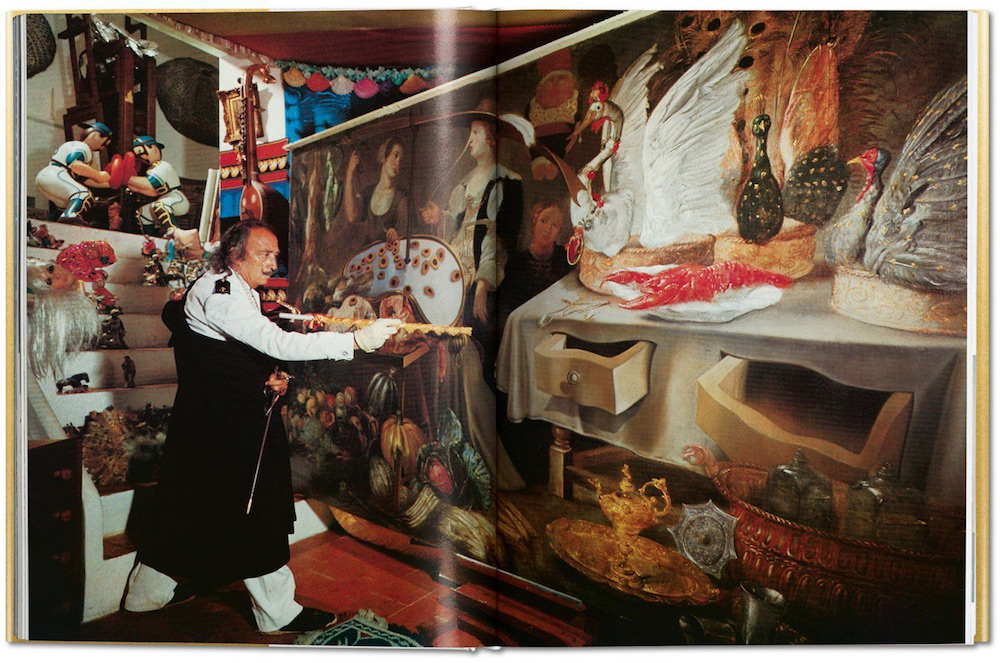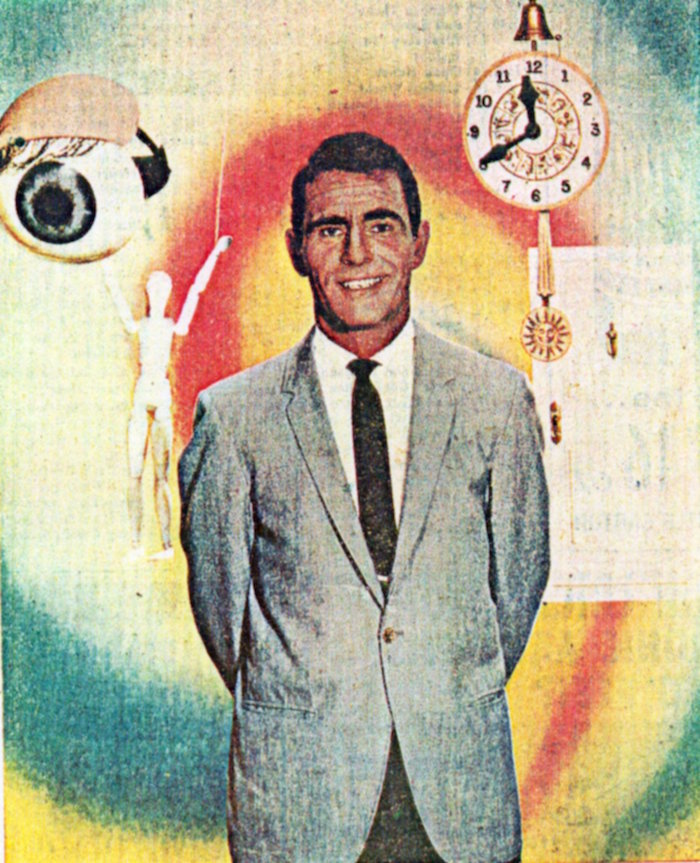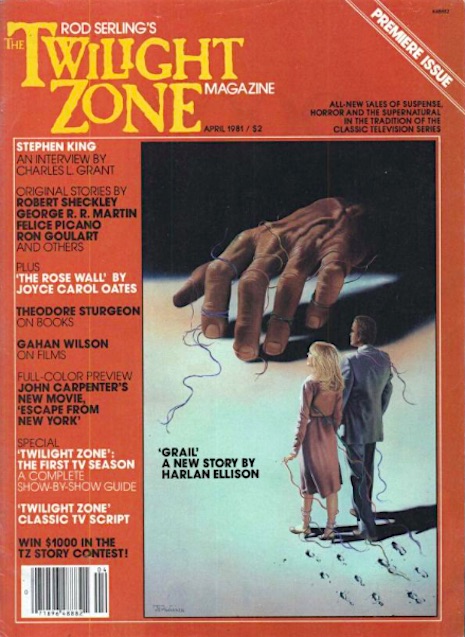
The heyday of cocaine in our nation’s history was arguably the late 1970s through the early 1980s. In the summer of 1980 Richard Pryor set himself on fire while freebasing cocaine, an incident which Pryor mined for a memorable bit in the 1982 movie Richard Pryor: Live on the Sunset Strip. The 1981 movie Modern Problems featured a fantasy sequence in which the protagonist, played by Chevy Chase, exploits his telekinetic powers to vacuum up a roomful of coke, which also brings us, inevitably, to Brian De Palma’s Scarface, which is probably the ultimate cokehead masterpiece in American history. Obviously Woody Allen featured an iconic coke gag in the 1977 classic Annie Hall when he sneezed into a friend’s coke stash.
At the time, there was considerable sentiment around the country that after marijuana, cocaine might be the next drug to “go mainstream.” It was even considered non-addictive! In retrospect, this was never in the cards, however, many people thought it was on the cusp of becoming societally acceptable.
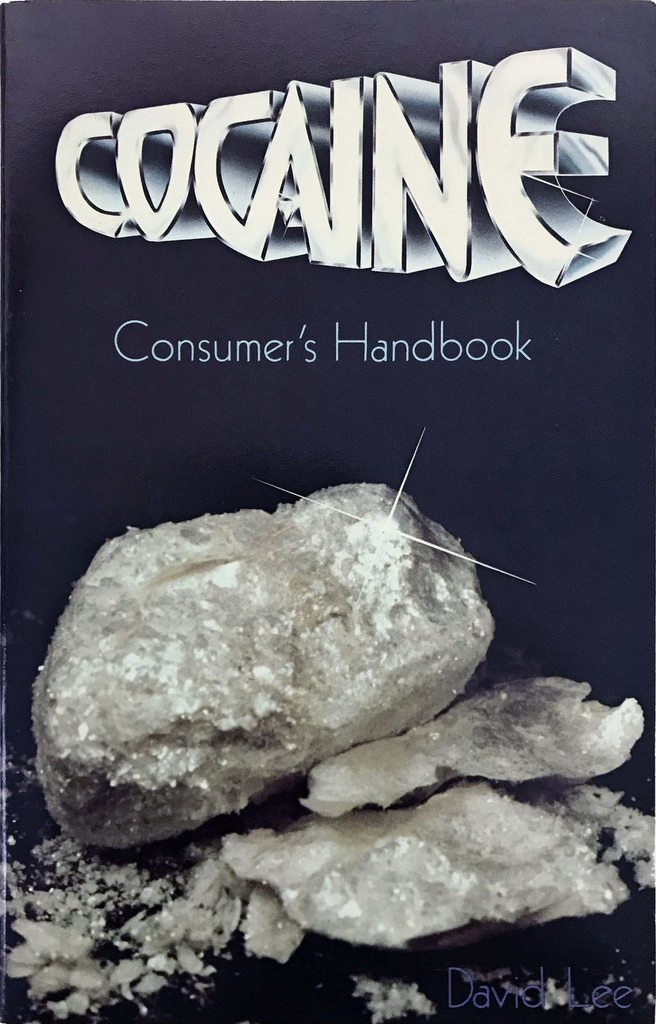
One of the signifiers of the time were underground “manuals” to the coke life. Since the drug was and is illegal, there was a shortage of authoritative guides to the drug and its chemistry, paraphernalia, and lifestyle accoutrements, and intrepid authors willing to make a fast buck tried their hardest to fill in the gap. We’ve already covered The Gourmet Cokebook: A Complete Guide to Cocaine, which dates from 1972. The subject today, however, is the 1976 guide The Cocaine Consumer’s Handbook by David Lee and his 1981 follow-up/expansion, The Cocaine Handbook: An Essential Reference.
These books are difficult to find today, and they fetch high prices on the collector’s market. And there’s not a lot of information about who David Lee is or was. The two books are much heavier on chemistry than, say, what kind of coke spoon goes with your style of shag rug. They provided useful information about the sources of cocaine and the sequence of events that starts with someone harvesting from the coca leaf, most likely in South America, and ends with a rolled-up piece of legal tender being placed in a user’s nostril. Lee described what happens at each stage, as the product moves from cook to alchemist to dealer to user, and also offered information the laws for all 50 states as well as the location of testing labs and treatment centers.
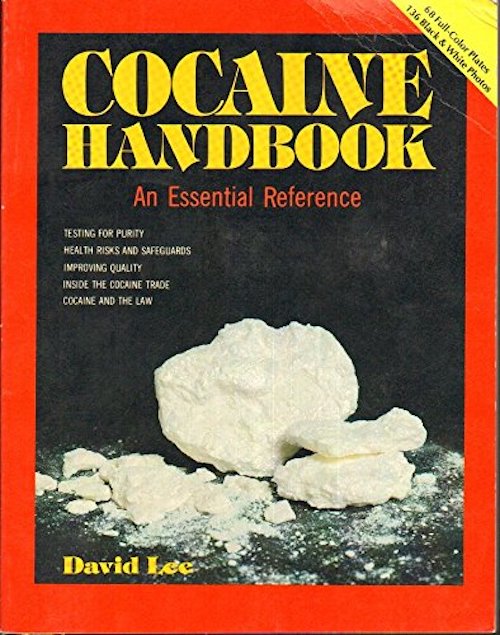
Lee was explicitly “anti-drug” in that he was not an activist pushing for legalization and his guide was mostly meant to increase the awareness of how to test for safe or pure cocaine. Lee described how samples are tested for common adulterants and impurities. His preferred method for testing involved putting the cocaine into Clorox, and if you scour the Internet you can find enough derisive references to it that one can safely categorize the conclusion as “controversial” if not totally debunked (again, depends on whom you ask). One disgruntled reader went so far as to describe Lee as a “shill for Clorox,” which seems a bit unlikely.
What follows are scans of some of the pages from the two books as well as a glossary taken from the longer second book, The Cocaine Handbook, which has been turned into HTML format if you want to experience that. As stated, it’ll run you hundreds of dollars if you want to have a copy on your coffee table (to cut lines on).

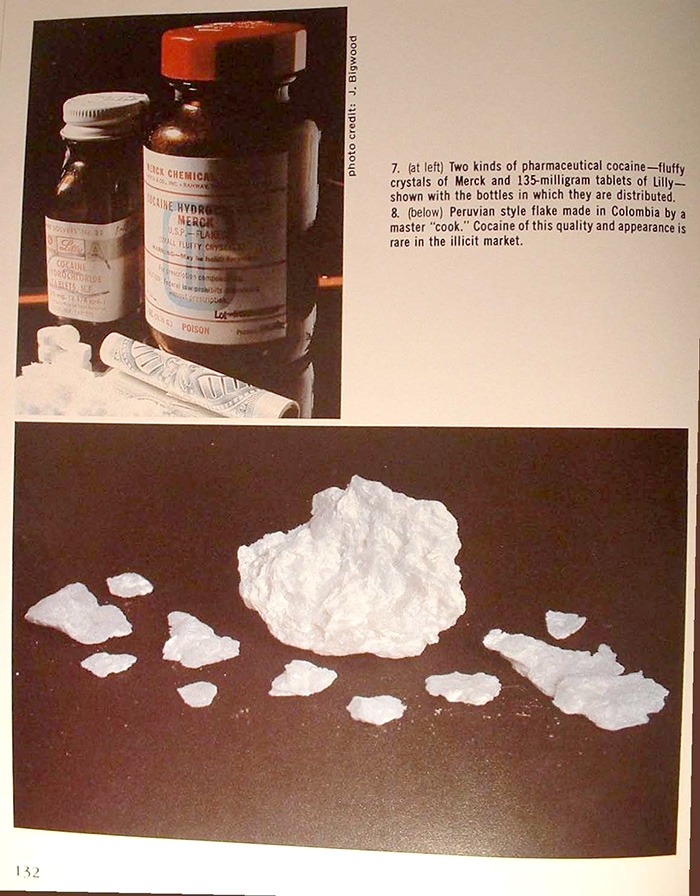
Much more after the jump…






